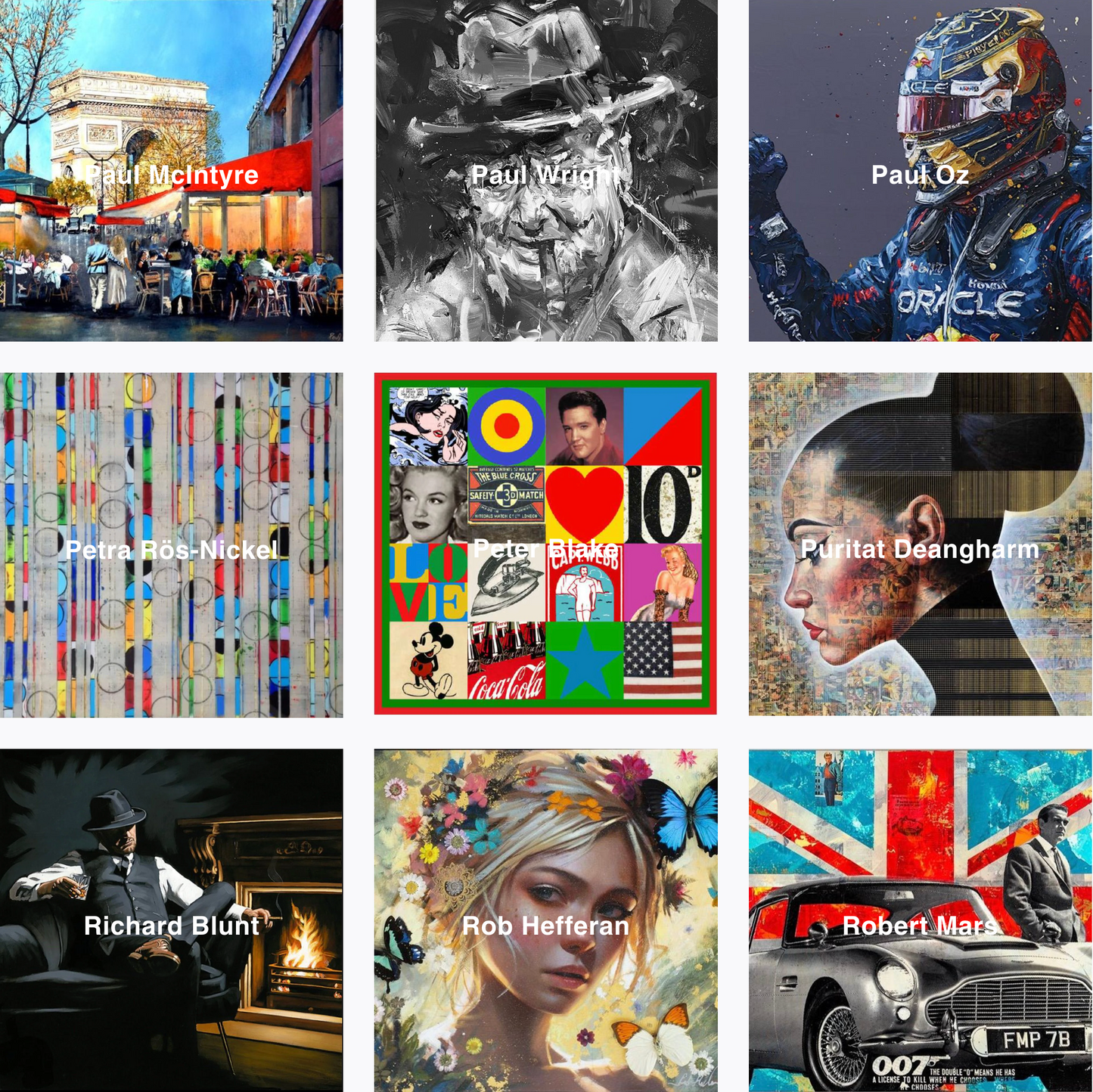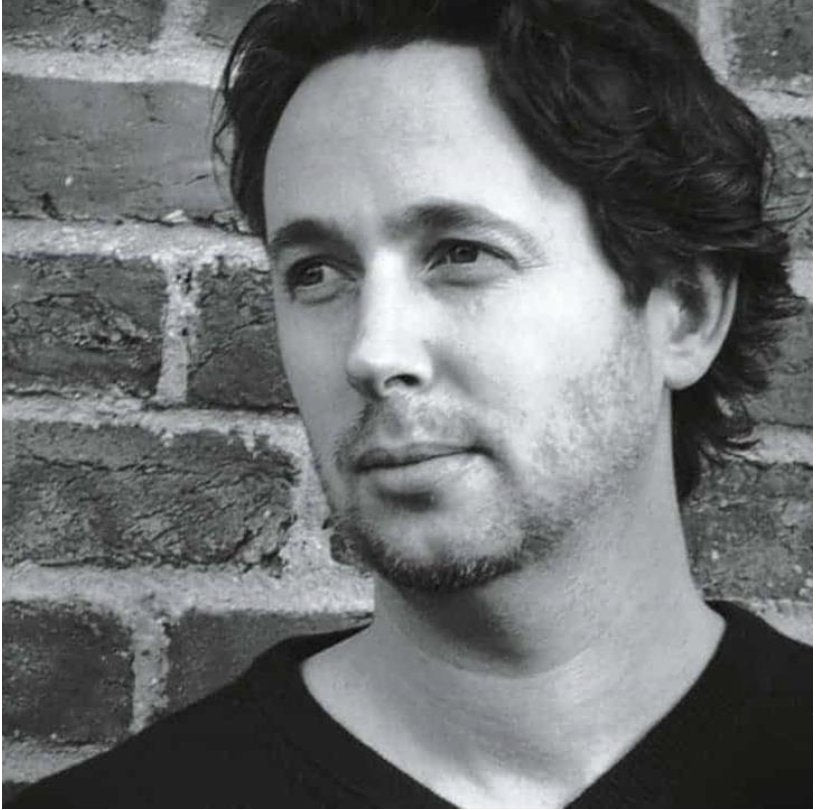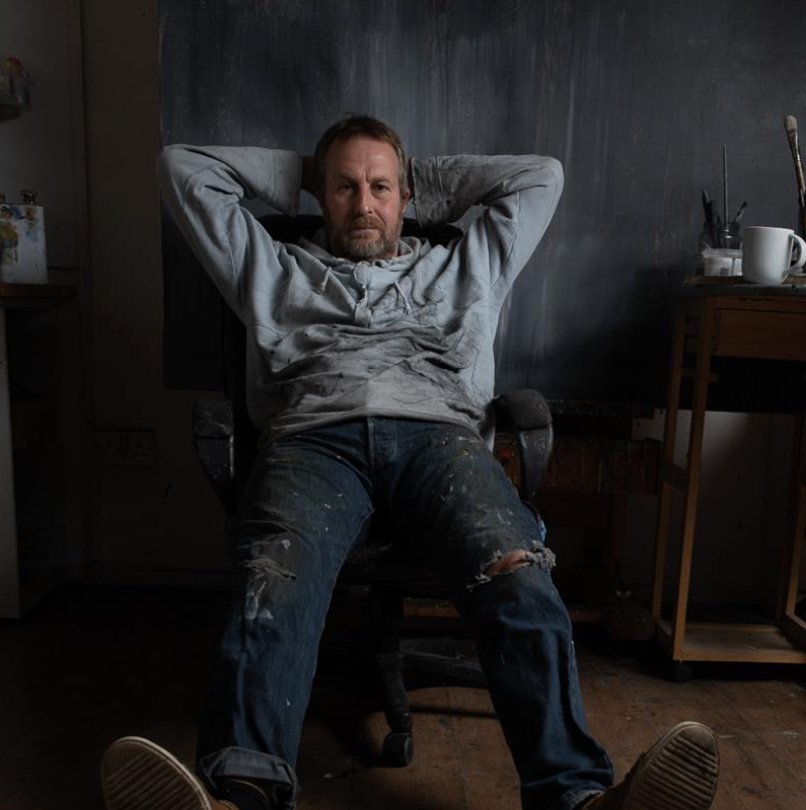John Hoyland
The Alchemy of Colour and Abstraction
John Hoyland (1934–2011) was a pioneering British artist known for his vibrant, large-scale abstract paintings. Regarded as one of the leading painters of his generation, Hoyland's work demonstrates a masterful use of colour, form, and structure. Though his paintings may appear spontaneous, each composition is meticulously constructed, showcasing his belief that "painting is a kind of alchemy." Hoyland’s art invites viewers to experience the emotional depth and meaning beneath the surface, rather than through literal representation.
Hoyland was greatly influenced by American Abstract Expressionism, especially the works of artists like Mark Rothko and Jackson Pollock. He encountered these artists' work for the first time during the 1956 exhibition, Modern Art in the United States at the Tate Gallery in London. However, Hoyland resisted being labeled as an "abstract painter," finding the term too restrictive. Instead, he embraced the possibilities of non-figurative imagery, which allowed him to explore profound emotional and sensory experiences through the interaction of colour and form.
As British art critic Andrew Lambirth explains, while Hoyland's paintings are abstract, they are not about absolutes. Rather, they convey specific emotions, thoughts, and feelings that are deeply tied to the act of looking and experiencing the work. Hoyland's visual power lay in his ability to create intense, often explosive, compositions that evoke sensations of light, movement, and energy.
A Defining Career in British Art
Hoyland began his formal training at the Sheffield School of Art in 1951, followed by the Royal Academy from 1956 to 1960. His graduation exhibition in 1960, which consisted entirely of abstract paintings, caused a scandal when these works were removed by order of the Royal Academy’s president. Despite this, Hoyland’s commitment to abstraction propelled him to the forefront of the British art scene. Shortly after leaving the Royal Academy, he exhibited with the influential Situation group at the RBA Gallery, marking his debut in abstract art.
In 1964, Hoyland’s career took off when he was selected by curator Bryan Robertson to participate in the New Generation exhibition at the Whitechapel Gallery. The exhibition showcased emerging British artists, including David Hockney, Bridget Riley, and Patrick Caulfield. Hoyland’s participation in this pivotal exhibition solidified his place in the history of British abstract painting, leading to a solo show at Whitechapel in 1967.
International Recognition and Legacy
Hoyland’s career was marked by both national and international success. He spent time in the United States in the late 1960s, where he established connections with leading American art critics and participated in major exhibitions such as the São Paulo Biennale in 1969, representing Britain alongside Sir Anthony Caro. His exposure to the dynamic American art scene had a profound influence on his work, encouraging him to explore larger scales and bolder use of colour.
Hoyland's artistic achievements earned him numerous awards throughout his career, including the prestigious John Moores Painting Prize in 1982 and the Athena Art Award in 1987. He was elected a Royal Academician in 1991, marking the culmination of his long and sometimes contentious relationship with the Royal Academy, which had once rejected his work.
Hoyland's impact on British contemporary art was profound, and his legacy continues to inspire younger generations of artists, including Damien Hirst. His works are featured in major collections around the world, and his fearless exploration of the emotional potential of abstract painting ensures his lasting influence on the art world.
Explore John Hoyland's latest pieces and exhibitions online at watergate.art













